

| Ten common Nottinghamshire moths by month |
| August |
| August means another month of high
numbers, both of potential species and trap catches. If identification continues to be a large problem, restricting the length of time the trap is run, will make recording easier and by photographing those moths you cannot identify the next day, will mean that any attempt at identification can be an unhurried affair. Moth trapping should primarily be an enjoyable pastime, but difficult to identify species can see the beginner to moths become bogged down by failing to correctly identify something. |
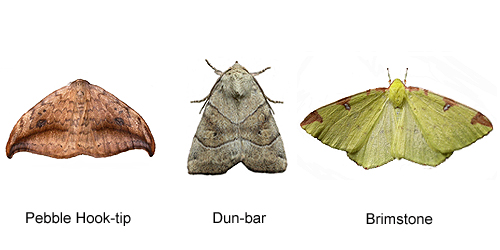 |
|
| ..... | ||
| Once again we have listed the ten most common moths recorded during August, which are possible at moth traps run in suburban locations. A visit to any woodland at this time of year, will inevitably result in considerably larger numbers of moths, which can be overwhelming to the beginner to moths and moth trapping. | ||
| 49.024 .... B&F 0969 .... Chequered Fruit-tree Tortrix Pandemis corylana (Fabricius, 1794) |
||
| Status .....Common and widespread across much of Nottinghamshire. The patchy distribution may well refer to the distribution and trapping locations of the few recorders with an interest in micromoths. | ||
| ..... | ||
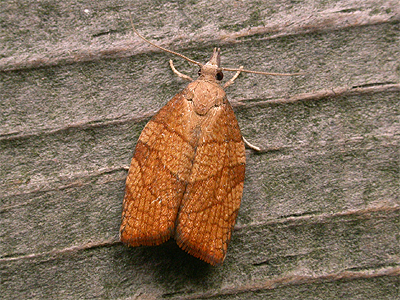 |
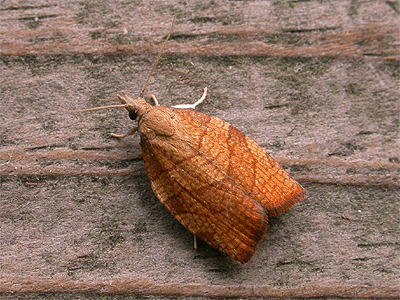 |
|
| 63.093 .... B&F 1304 .... Agriphila straminella ([Denis & Schiffermüller],
1775) |
||
| Status .....Common and often abundant in grassy habitats and is often encountered in gardens. Probably the commonest of all the Crambid moths in Nottinghamshire. Widespread. | ||
| .... | ||
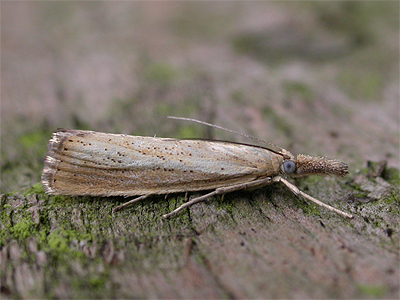 |
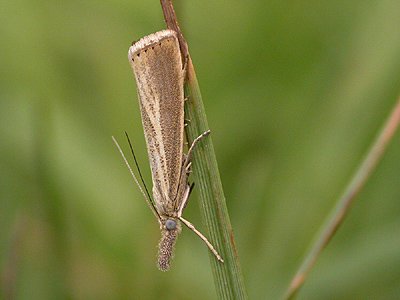 |
|
| 65.005 .... B&F 1648 .... Pebble Hook-tip Drepana falcataria (Linnaeus, 1758) |
||
| Status .....Common over most of Nottinghamshire, though there are few records from anywhere east of the River Trent. | ||
| .... | ||
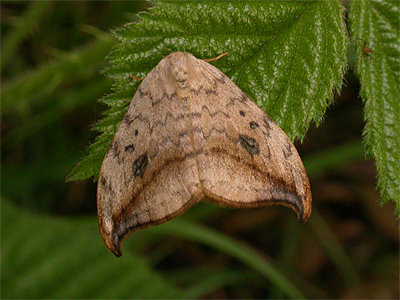 |
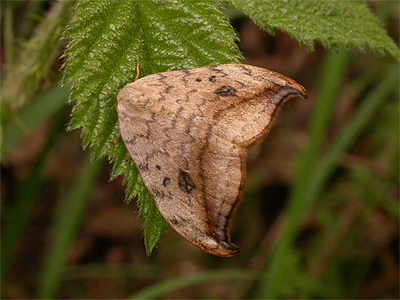 |
|
| 70.049 .... B&F 1728 .... Garden Carpet Xanthorhoe fluctuata (Linnaeus, 1758) |
||
| Status .....Common in urban or suburban areas, perhaps more so in our experience than at more rural locations. Appears to be scarce in the south-east of Nottinghamshire, based on the records we have access to. Frequently found on walls and fences in the Mansfield and Worksop areas. Regular on the walls of Worksop Priory. | ||
| ... | ||
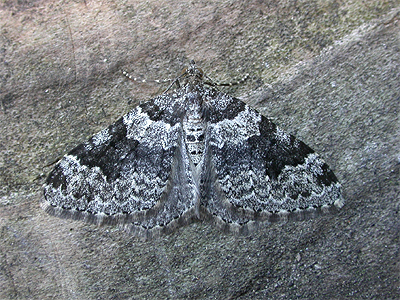 |
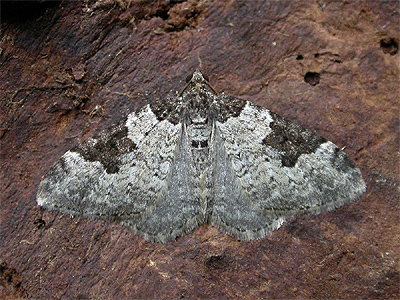 |
|
| 71.018 .... B&F 2006 .... Lesser Swallow Prominent Pheosia gnoma (Fabricius,
1777) |
||
| Status .....Widespread and common at MV light at many sites, more so from areas west of the River Trent. Large numbers often turn up during trapping sessions in Sherwood Forest. | ||
| ... | ||
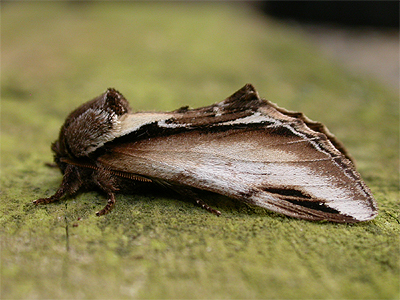 |
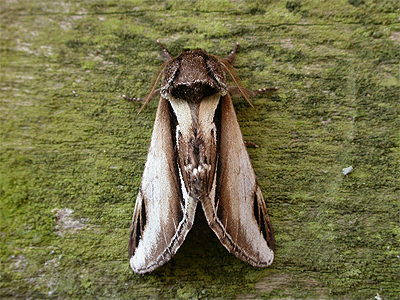 |
|
| 73.342 .... B&F 2107 .... Large Yellow Underwing Noctua pronuba (Linnaeus, 1758) |
||
| Status .....Very common and widespread over the whole county. Genuine migrants can also boost numbers of local populations. | ||
| ...... | ||
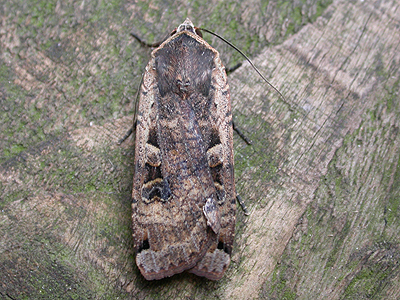 |
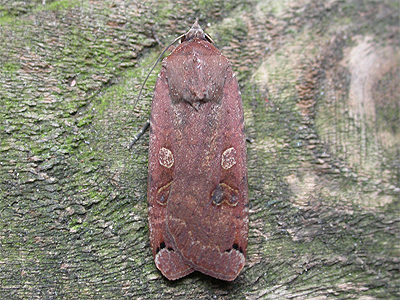 |
|
| 73.345 .... B&F 2109 .... Lesser Yellow Underwing Noctua comes (Hübner,
1813) |
||
| Status .....Generally very common throughout Nottinghamshire, being attracted to MV light in numbers. | ||
| ... | ||
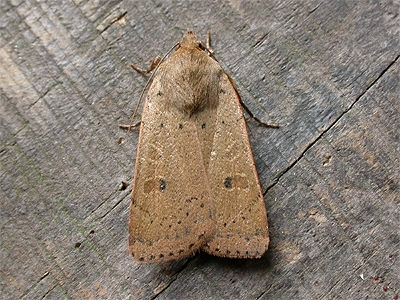 |
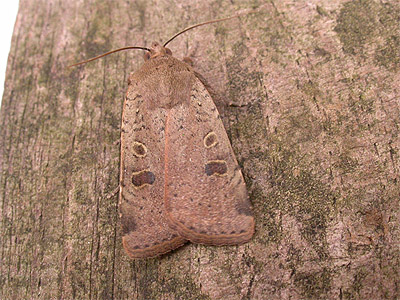 |
|
| 73.348 .... B&F 2111 .... Lesser Broad-bordered Yellow
Underwing Noctua janthe (Borkhausen,
1792) |
||
| Status .....Reasonably common over much of Nottinghamshire, but there are few records from the south-east of the county. Often one of the commoner large moths recorded at MV light during August. | ||
| ...... | ||
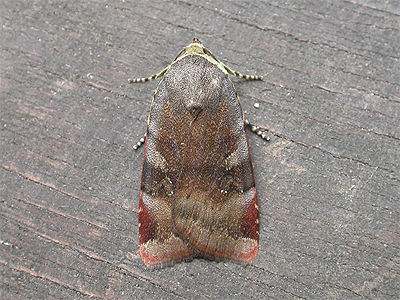 |
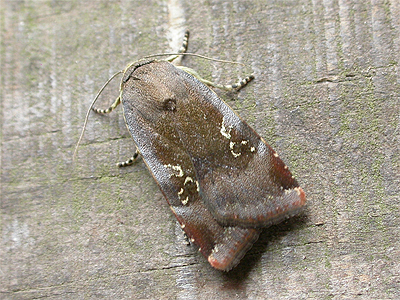 |
|
| 73.357 .... B&F 2134 .... Square-spot Rustic Xestia xanthographa ([Denis & Schiffermüller], 1775) |
||
| Status .....Formerly very common at Eakring, but seems to have declined there in recent years. Generally still a common moth over most of Nottinghamshire. | ||
| ... | ||
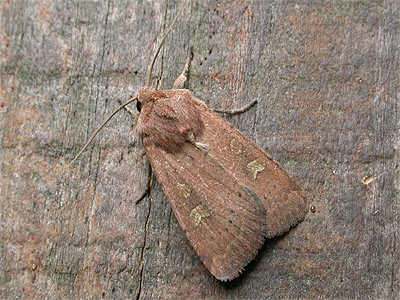 |
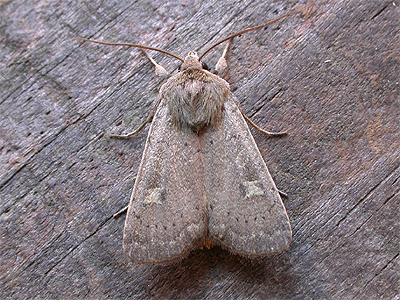 |
|
| 73.169 .... B&F 2343 .... Common Rustic Mesapamea secalis (Linnaeus, 1758) |
||
| Status .....A common Nottinghamshire moth showing a large amount of variation. Common Rustic is visually identical to Lesser Common Rustic and correct identification relies on dissection. | ||
| ... | ||
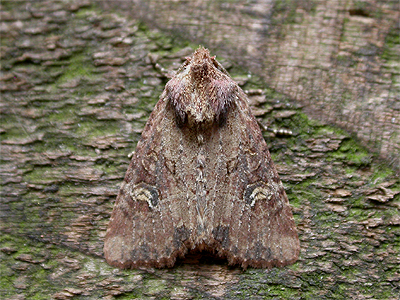 |
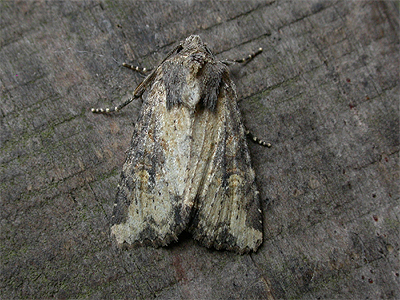 |
|
| Can't find your moth? Some other moths often recorded at MV light during August |
| .... |
| The following moths are also likely to occur during the month, although some may be more habitat specific and less likely to be recorded from suburban gardens. The number of potential species is considerably higher than the total shown here. |
| .... |
| Common moths often recorded during the day |
| ..... |
| The following moths can often be encountered during daylight hours during August. Some species such as Six-spot Burnet, Vapourer, Cinnabar and the migrant Silver Y, are all active day time fliers. |
| ..... |